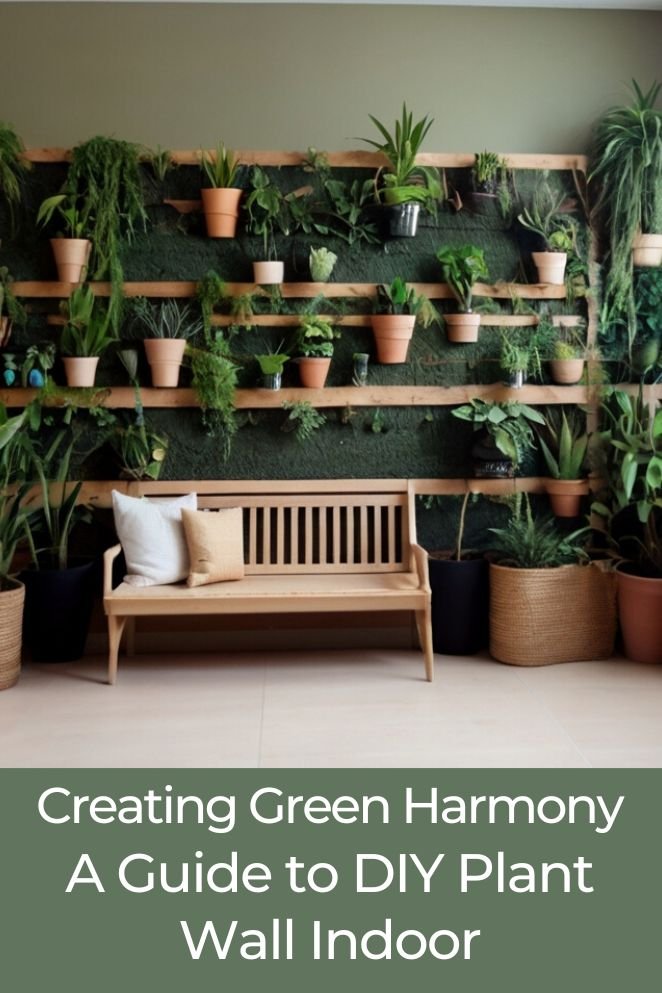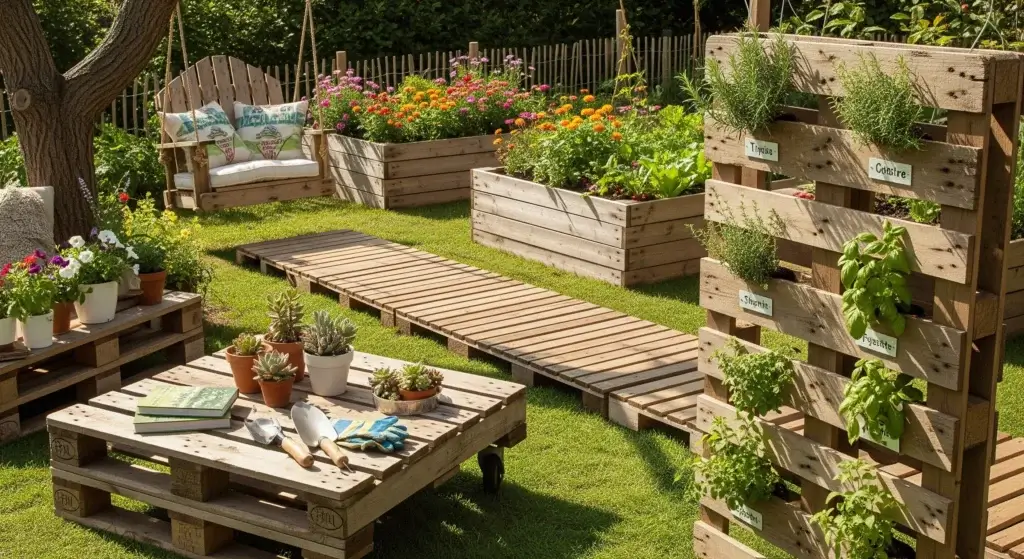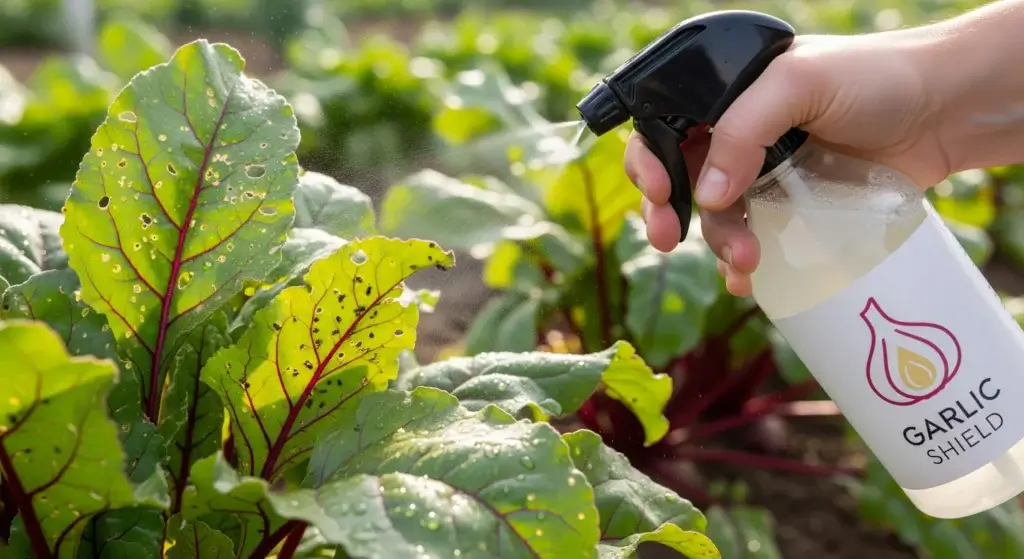
If you’re looking to bring the beauty of nature into your home, creating a DIY indoor plant wall is a fantastic way to do it.
Not only does it add a touch of greenery to your space, but it also offers a host of benefits, from improving air quality to reducing stress.
In this comprehensive guide, we’ll walk you through everything you need to know to design and build your very own indoor plant wall.
So, roll up your sleeves, grab your gardening gloves, and let’s get started!
The Rise of Indoor Plant Walls
The emergence of indoor plant walls has become a prominent trend in home decor, and its appeal is readily apparent.
These plant walls offer a creative and visually striking means of bringing the outdoors into your living spaces, serving as a captivating focal point in any room.
Whether you reside in a compact apartment or a more expansive house, there’s always an ideal spot for incorporating an indoor plant wall.
Furthermore, given the increasing interest in biophilic design, which aims to forge a connection between individuals and the natural world, the addition of indoor plant walls seamlessly aligns with the aesthetic of modern living spaces.
- Read also: DIY Plant Stands Indoor for Every Style
- Read also: Crafting DIY Plant Hangers with Rope

Benefits of Indoor Plant Walls
Exploring the advantages of indoor plant walls is essential before delving into the specifics of creating one.
Beyond their aesthetic appeal, these plant walls contribute significantly to health and well-being:
- Air purification: Certain houseplants, as highlighted by NASA’s research, have the ability to purify the air by removing toxins like formaldehyde and benzene.
- Stress reduction: The presence of indoor plants has been shown to have stress-reducing effects, creating a calming atmosphere within the living space.
- Healthier living environment: By incorporating indoor plant walls, you not only enhance the visual appeal of your home but also contribute to a healthier and happier living environment.
- Aesthetic enhancement: Indoor plant walls serve as a visually striking design element, adding a touch of natural beauty to your living spaces.
Getting Started: Choosing the Right Plants
Embarking on the journey of creating an indoor plant wall involves a crucial first step: selecting the right plants.
This process involves careful consideration and a focus on specific qualities:
Air-purifying properties
Opt for plants renowned for their air-purifying abilities, such as pothos, spider plants, and peace lilies.
These not only enhance the visual appeal but also contribute to a healthier indoor environment.
Low-maintenance choices
Choose plants that are not only beautiful but also low-maintenance, ensuring they thrive in the vertical garden setting.
This makes them suitable for individuals with varying levels of gardening experience.
Lighting considerations
Assess the lighting conditions in your home to guide your plant selection.
If there’s ample natural light, you’ll have a broader range of options.
However, even in darker spaces, there are plenty of plants that can flourish.

Designing Your Indoor Plant Wall
With your plant selection complete, the next exciting step is unleashing your creativity to design your indoor plant wall.
The beauty of this endeavor lies in the ability to tailor the design to perfectly align with your space and personal style.
Here’s how you can bring your vision to life:
Tailored greenery
Decide on the overall aesthetic you desire.
Whether it’s a dense, flourishing wall of greenery or a more streamlined, modern appearance, the choice is entirely yours.
Tailor the density and arrangement of plants to match your preferences.
Container variety
Embrace creativity with the containers you use.
Traditional pots work well but don’t hesitate to explore unconventional options like mason jars or upcycled items.
The variety in containers adds an extra layer of visual interest to your plant wall.
Placement and arrangement
Strategically plan the placement of each plant to create a visually appealing composition.
Consider factors such as plant height, color variation, and growth patterns. Experiment with arrangements until you achieve the desired visual impact.
Vertical garden structures
Explore vertical garden structures or frames that can enhance the overall design.
These structures not only provide support for your plants but also contribute to the aesthetic appeal of the indoor plant wall.
Lighting accents
Integrate lighting elements to highlight specific areas or plants within your design.
This not only adds a decorative touch but also ensures that your indoor plant wall remains captivating, even in low-light conditions.
Maintenance considerations
Keep maintenance in mind while designing. Ensure easy access for watering and occasional pruning.
This practical aspect ensures that your plant wall not only looks stunning but is also sustainable over time.
Personal touch
Infuse your personality into the design.
Consider adding decorative elements, personalized touches, or even plant varieties that hold special meaning to you.
Let your indoor plant wall become a reflection of your unique style.

Building Your Indoor Plant Wall
Now that your indoor plant wall design is finalized, it’s time to turn your vision into reality. Follow these steps to bring your green oasis to life:
Install a sturdy support structure
Choose a support structure that aligns with your design and space.
Options include wall-mounted shelves, trellises, or custom-built frames.
Ensure the chosen structure is secure and capable of bearing the weight of your selected plants.
Consider custom-built frames
If opting for a custom-built frame, ensure it provides ample support and has secure fastenings.
Consider factors like the size of the frame and its placement on the wall to achieve both functionality and visual appeal.
Arrange plants in containers
Place your selected plants into their designated containers. Consider the overall design plan and the specific needs of each plant.
Arrange them in a visually pleasing manner, taking into account factors like color, height, and growth patterns.
Secure plants to the support structure
Once your plants are arranged, securely attach them to the support structure.
Ensure that the fastenings are firm but not overly constricting, allowing room for growth.
Be mindful of each plant’s individual requirements for stability.
Check for stability
Assess the stability of the entire indoor plant wall. Gently test the support structure and ensure that it can adequately bear the weight.
This step is crucial for the long-term sustainability of your plant wall.
Adjust as needed
Take a step back and evaluate the overall look.
Make any necessary adjustments to achieve the desired aesthetic. Ensure that each plant is positioned to receive adequate light and is easily accessible for maintenance.
Watering and maintenance
Establish a routine for watering and maintenance.
Consider the specific needs of each plant regarding sunlight, water, and pruning.
Accessibility is key, so make sure that your chosen support structure allows for easy care.
Enjoy your indoor plant wall
Once everything is in place, take a moment to enjoy the fruits of your labor.
Your indoor plant wall is not only a visual masterpiece but also a living, breathing addition to your space.
Revel in the beauty and the positive atmosphere it brings to your home.

Caring for Your Indoor Plant Wall
Caring for your indoor plant wall is an ongoing commitment that ensures its longevity and vibrancy.
Here’s a simplified guide to the key points of maintaining your green oasis:
- Regular watering: Establish a consistent watering schedule to meet the moisture needs of your plants.
- Pruning and trimming: Trimming encourages healthy growth, maintains the desired shape, and prevents overcrowding.
- Pest and disease monitoring: Keep a vigilant eye on your plants for any signs of pests or diseases.
- Low-maintenance advantage: Take advantage of the fact that many plants suitable for indoor plant walls are naturally low-maintenance.
- Tailored care for each plant: Consider factors such as sunlight exposure, humidity levels, and soil conditions to provide tailored care for optimal health.
- Adjust care according to seasons: Adapt your care routine based on seasonal changes. Consider variations in temperature, light levels, and indoor conditions.
- Regular inspection: Conduct routine inspections of your indoor plant wall. This proactive approach allows you to identify any issues early on, ensuring timely resolution and maintaining the overall health of your plant wall.
Conclusion
Creating your own DIY indoor plant wall is a fun and rewarding project that will add a touch of nature to your home.
Not only do indoor plant walls look amazing, but they also offer a range of health benefits, from purifying the air to reducing stress.
By following the steps outlined in this guide, you’ll be well on your way to having your very own stunning indoor plant wall that will be the envy of all your friends.
So, what are you waiting for? It’s time to get growing!



